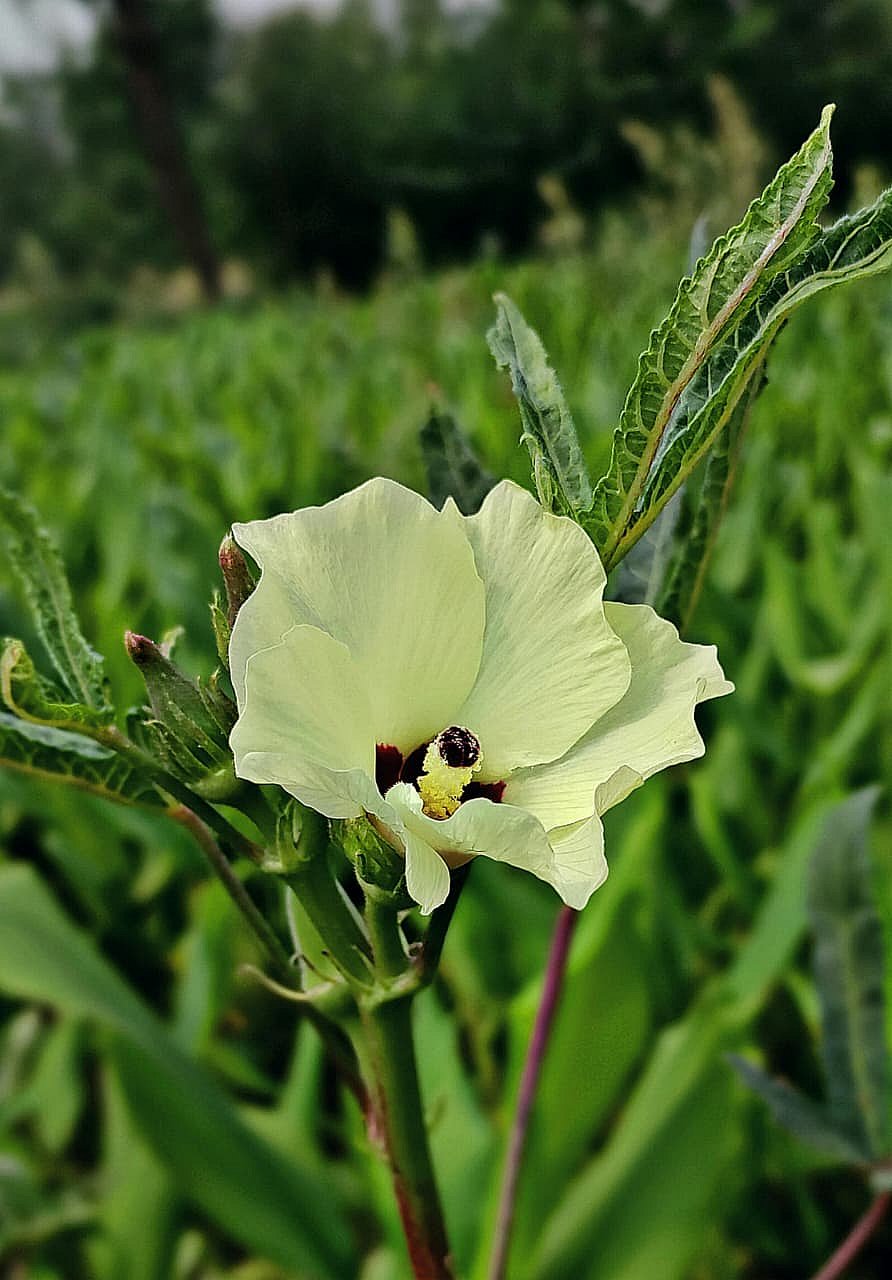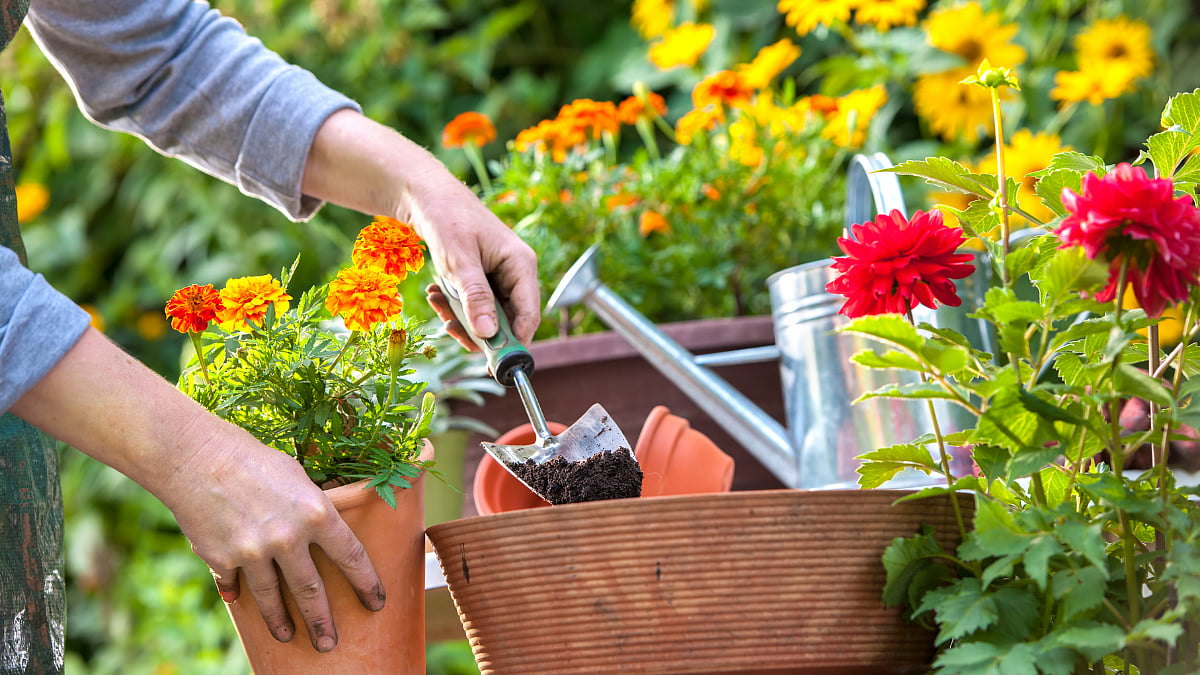Across India, the rhythm of the seasons is no longer the same as it once was. Monsoons are irregular, summers become longer and harsher, and winters become increasingly unpredictable. For millions of Indians who garden – be it on small balconies, in communal spaces or in the backyard – these changes present new challenges. Climate-resilient gardening is about adapting to these realities and creating gardens that thrive despite heatwaves, droughts, floods and changing weather conditions.
Understanding India's Changing Climate
Due to India's diversity, climate change impacts regions differently. Farmers in Maharashtra face severe droughts, while parts of Assam and Bihar struggle with annual floods. The southern states have become more erratic in monsoon patterns and the northern plains are experiencing harsher summers and delayed winters. Urban areas such as Delhi, Chennai and Bengaluru are also struggling with water shortages and the heat island effect.
A climate-resilient Indian garden can withstand this variability – by conserving water, promoting biodiversity and relying more heavily on native species that have evolved to survive local extremes.
Start with the floor

Healthy soil is India's most valuable but often neglected resource. Excessive use of chemicals and compaction have damaged it in many areas. Start by enriching your garden soil with organic material such as compost, cow manure, or leaf litter. These not only improve fertility, but also help to store water – a crucial advantage during dry periods.
Mulching with coconut shells, sugarcane bagasse or dry leaves keeps the soil cool and prevents moisture loss. Gardeners in dry regions like Rajasthan can also use drip irrigation combined with mulch to make every drop count.
If you have space, plant green manure crops such as sun hemp or dhaincha in the off-season – these bind nitrogen naturally and improve soil structure without chemicals.
Choose native and climate-tolerant plants
In India, native plants are naturally adapted to local weather extremes. They often require less water, are resistant to pests, and support local pollinators. For example:
Drought tolerant plants: Bougainvillea, hibiscus, oleander and desert rose.

Heat-resistant vegetables: Okra (Bhindi), eggplant (Baingan) and French beans (Guar).

Turmeric |
Flood Tolerant Varieties: Colocasia (Arbi), turmeric and ginger.

Ferns |
Shade-loving plants: Money plant, peace lily and ferns for damp areas with low light.
In coastal areas, salt-tolerant plants such as Pandanus or Casuarina can act as natural barriers. In urban settings, balcony gardeners can opt for hardy herbs like lemongrass, tulsi and mint that thrive in pots with minimal care.
Save and manage water wisely
Water management is central to the resilience of India's climate. Simple rainwater harvesting systems – even a barrel under a roof pipe – can make a big difference. Drip irrigation or clay pot irrigation techniques (Matka) help deliver moisture directly to plant roots with minimal waste.
Reuse gray water from kitchen sinks (after filtering out cleaning products) for ornamental plants. Gardeners in Chennai and Bengaluru, where groundwater shortages are severe, have revived traditional methods such as percolation pits and recharge wells to preserve green spaces.
Mulching, as previously mentioned, is another important practice. Coconut shells, banana leaves or rice husk mulch are inexpensive and available everywhere.
Design for India's extremes
Design your garden to withstand both heat and heavy rainfall. Use raised beds or planting bags during monsoons to avoid waterlogging. In hilly or flood-prone areas, build gentle embankments or canals to drain excess water.
For shade, plant fast-growing trees such as moringa (drumstick), neem or gulmohar, which will cool the environment while enriching the soil with leaf litter. In extremely hot zones, climbing plants such as ivy or gourds on pergolas can create green roofs that reduce heat.
If you live in an apartment, vertical gardens and balcony trellises can provide shade and greenery even in a limited space.
Adjust timing and practices
The old Indian planting calendar – “sowing with the first monsoon rain” – no longer applies consistently. Monitor your local weather conditions each year and adjust your sowing and harvesting times. For example, in North India, early summer crops such as cucumbers and melons may need to be started earlier due to rising spring temperatures.
Use native seeds that have been selected for their hardiness over generations. Community seed banks and local Krishi Vigyan Kendras (KVKs) often offer such varieties adapted to local conditions.
Promote biodiversity and natural balance
A resilient garden is a living ecosystem. Encourage pollinators by planting nectar-rich native flowers such as marigold, sunflower and jasmine. Avoid chemical pesticides that kill beneficial insects and harm soil microbes. Instead, try natural repellents like neem oil or a simple garlic chili spray.
Introduce companion planting – for example, growing marigolds next to tomatoes to deter pests. Setting up small bird baths or water pots helps attract insectivorous birds that naturally control pests.
Even a small patch of native plants can become a mini biodiversity hotspot, supporting butterflies, bees and birds in your neighborhood.
Community resilience
Climate-resilient gardening thrives on shared knowledge. Across India, urban gardeners are coming together in terrace garden groups, WhatsApp communities and NGOs committed to sustainable gardening. Rural farmers are reviving traditional wisdom – from the “Zabo” water systems of Nagaland to the “Ahars” and “Pynes” of Bihar – and proving that indigenous practices are still relevant today.
Keeping a garden diary helps track rainfall, temperature and crop performance over time to better adapt each year.
Growing hope in a changing climate
Gardening in India has always been an act of hope – a dialogue between people and nature. In view of climate change, this dialogue must be deepened. By caring for the soil, conserving water, and selecting local plants, we make our gardens not just sources of food or beauty, but living examples of resilience.
Every resilient garden – from a rooftop in Mumbai to a courtyard in Kerala – contributes to a greener, cooler and more sustainable India. By growing plants, we develop our own ability to adapt, endure, and thrive.
(Sujal Chawathe is a trained CA but a gardener at heart. Her project Indoor Greens helps urban offices and homes add and maintain plants.)
